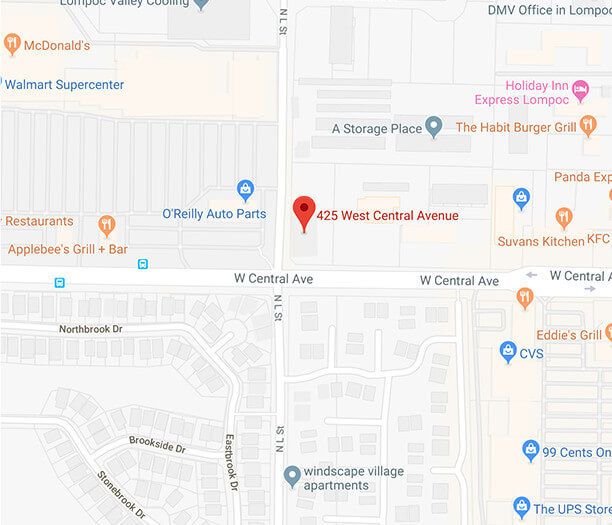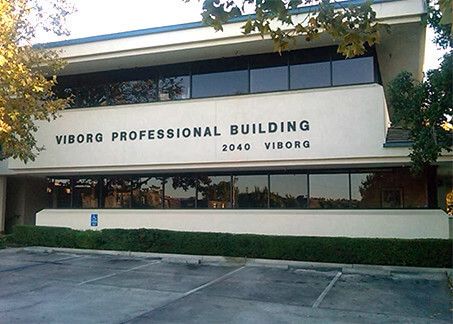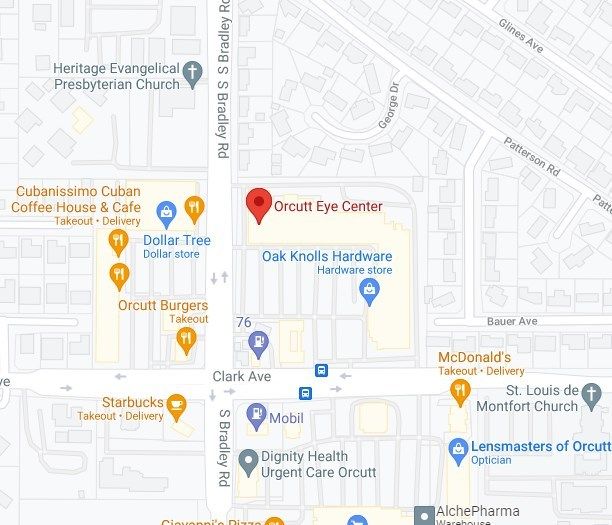
A pterygium is a growth on the front part of the eye called a cornea and the membrane covering the white part of the eye called the conjunctiva. It can negatively impact the quality of your vision.
Pterygiums can grow in one or both eyes. They are likely to develop on the side of the eye close to your nose. In some cases, you may not need treatment. Your doctor may reduce inflammation and swelling using ointments or eye drops. However, the growth can begin threatening your sight and give you discomfort. If this happens, you will need surgery to remove it.
What Cause Pterygiums?
There is no understanding of the exact cause of pterygiums. According to research, people who live in arid places or stay out in the sun have it more than others. Gradually exposing the eyes to ultraviolet sun rays has proven to be a factor that leads to such growths.
Often people notice the growth but experience no symptoms. However, some experience symptoms such as:
- Eye inflammation or redness
- Burning or gritty feeling in the eye
- Feel like you have a foreign object in the eye
- Dry eye due to a reduction in tear production
- Blurry vision when there is cornea alteration
- Obscuring vision when the growth invades the pupil
Surgical Procedure
Pterygiums can remain under control without removal for patients who take precautions. They can do so by wearing sunglasses, large brim hats, or avoiding harmful sun rays while outdoors. Doing so keeps the tissue from growing further. Others manage it using medications such as eyedrops prescribed by their doctors. However, surgical treatment is necessary if the pterygium affects your vision or causes significant eye pain and irritation.
Pterygium surgery lasts for less than thirty minutes. Your eye doctor will sedate you lightly to ensure you remain comfortable and relaxed throughout the whole procedure. Your eye will become numb then. You will be aware of your surroundings, but you will not see.
Your doctor will remove the pterygium and replace it with a tissue graft which they will glue in place. The procedure is painless, and there are no sutures. You will need to have someone drive you back home.
The medication you receive will render you incapable of taking yourself back home. The sedation may make you slightly dizzy. If you feel any discomfort, you will receive some more medication to help you feel better.
Recovery
The affected eye will heal very fast. You can get back to work after two days of the surgery. The adhesive used to secure the graft will not be necessary after the first week post-surgery. It will dissolve on its own. Your eye will return to looking normal after two to four weeks, with no traces of irritation or redness.
Risk of Removing Pterygiums
Most pterygium surgical procedures are simple without complications. But sometimes, patients experience excessive swelling, infection, or double vision. You can minimize such by following your doctors’ instructions on the proper post-operative care.
It is essential to note that a pterygium can grow back after surgery. So if you begin to experience vision problems or notice its regrowth, schedule an appointment to see your doctor.
Results of Pterygium Surgery
Pterygium surgery helps patients improve their vision and eye appearance. You can lower your chances of regrowth by protecting your eyes when outdoors and avoiding the ultraviolet rays of the sun.
For more about pterygium surgery, visit Shepard Eye Center at our offices in Santa Maria, Lompoc, Solvang, or Orcutt, California. You can call (805) 667-0100, (805) 793-1800, (805) 410-9998, or (805) 937-9532 to book an appointment today.



























